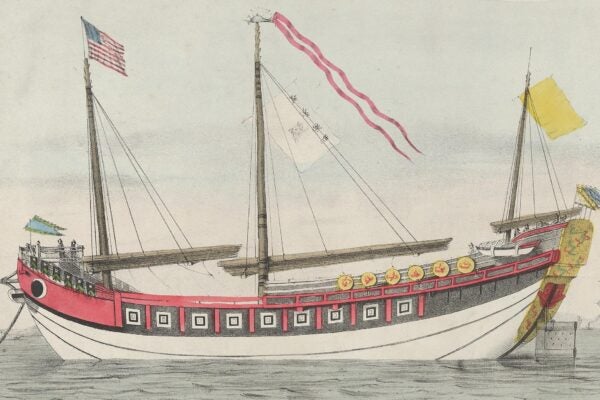Extra Credit: Our pick of stories from around the web that bridge the gap between news and scholarship. Brought to you each Tuesday from the editors of JSTOR Daily.
Fidel Castro’s legacy (The Atlantic)
by Kathy Gilsinan
After Fidel Castro’s death, a historian looks back on his regime’s brutality, Cuba’s surprising rise to a position of international leadership, and the island’s long, complicated relationship with the United States.
Talking about racism (New York Magazine)
by Drake Baer
How can we talk about race with people who hold racist views? Linguists can give us some clues about what kinds of language open up real conversations, and what kinds just shut down the discussion.
Holiday cheer, without the dead brain cells (The New York Times)
by Gretchen Reynolds
It’s the season for egg nog and winter stouts. Excessive drinking is, of course, not great for your brain. But two new studies offer some potential good news: going for a run could help mitigate the effects of overindulgence.
The meaning of sanctuary (The Conversation)
By Elizabeth Allen
Colleges across the country are considering becoming “sanctuary campuses,” refuges for undocumented students who could face deportation. An English professor who has studied sanctuary law in medieval England looks at the ways the idea of offering sanctuary has manifested itself in European and American history.
Wages and the black working class (Pacific Standard)
by Tom Jacobs
A new study has found that the earnings gap between black and white men has widened in recent years and is now back at the same level as it was in the 1950s. The trend is related to a decline in relative earnings for less-educated workers of all races.
Have you seen a story online that does a good job of bridging the gap between the news and scholarship? Or something that seems particularly well-researched? Let us know and we may include it in next week’s roundup. Email us at jstordaily_submissions (at) jstor (dot) org.






